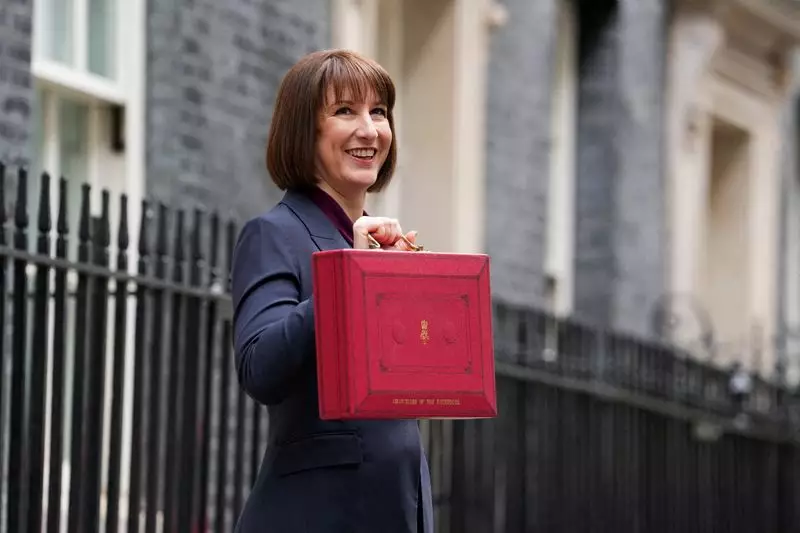In a significant move to rejuvenate the UK economy and invigorate its pension landscape, finance minister Rachel Reeves is advocating for the establishment of large-scale investment entities known as “megafunds.” These funds, which could channel up to £80 billion ($102 billion) into critical sectors, represent a radical departure from the status quo in pension fund management. As Reeves prepares to address the financial industry, her proposals come at a time when the pension fund sector in the UK is scrutinized for its inadequate allocation to domestic investments, a factor contributing to the nation’s stagnant economic growth.
The urgency for reform has been underscored by alarming statistics. Recent government analysis highlights that the UK’s pension funds are projected to manage approximately £1.3 trillion in assets by the end of the decade. However, many individual funds struggle with size limitations that hinder their ability to engage in larger investment opportunities such as crucial infrastructure developments. This disparity raises concerns about the UK’s competitive edge and its ability to foster long-term economic growth.
Reeves is determined to consolidate 60 defined contribution schemes and 86 local government pension schemes. By creating larger entities, the government aims not only to improve cost efficiencies but also to provide the financial muscle necessary to undertake ambitious investment projects across the country. The proposed umbrella of megafunds could act as catalysts to funnel investment into areas that have historically suffered from undercapitalization.
The primary objective outlined by Reeves is to initiate the most sweeping reforms in the pension sector in decades, aimed at unlocking tens of billions for business and infrastructure development. By channeling more investment into these essential areas, the government envisions a tripartite benefit: enhancing retiree savings, stimulating economic growth, and ultimately improving livelihoods across the UK. In her statements, Reeves exudes optimism about laying down the groundwork to restore economic stability, asserting the government’s commitment to making every region of Britain prosper.
However, the road to these reforms is fraught with complexities. The introduction of megafunds will require not only robust legislative frameworks and clear guidelines but also a paradigm shift in the investment culture of pension funds. Drawing comparisons to successful models in Canada and Australia, where infrastructure investment is significantly higher, the UK government is poised to tap into the visible potential of larger, well-structured pension funds.
Size does matter in the world of pension funds. Government studies indicate that once a fund reaches an asset threshold of £25–50 billion, it can diversify its investment strategies. Funds surpassing the £50 billion mark can actively engage in direct investments in large-scale projects at reduced costs. This could revolutionize the approach toward investment, offering new avenues for funding essential infrastructure that could directly benefit the economy while also enhancing the growth of pensioner savings.
Nevertheless, the plan to reduce the number of pension schemes has not been met without dissent. Concerns have been raised regarding the risks associated with over-consolidation. Tom Frost from abrdn cautions that limiting the number of schemes could stifle innovation and competition within the sector. This observational critique is critical, as a balanced approach is necessary to ensure that reforms do not inadvertently lead to undesirable outcomes for both current and future pension beneficiaries.
As the UK stands at the precipice of what could be a transformative era for its pension funds, the onus is on the government and financial institutions to navigate this complex landscape wisely. The proposals for megafunds are ambitious, heralding a new direction aimed at strengthening the nation’s economic backbone through strategic investment. However, the journey towards realization will require careful consideration, inclusive dialogue, and comprehensive regulatory frameworks to safeguard the interests of savers and ensure positive outcomes for the economy. The coming months will be critical in determining whether Britain can successfully embark on this innovative path and reshape its pension fund landscape for the better.

